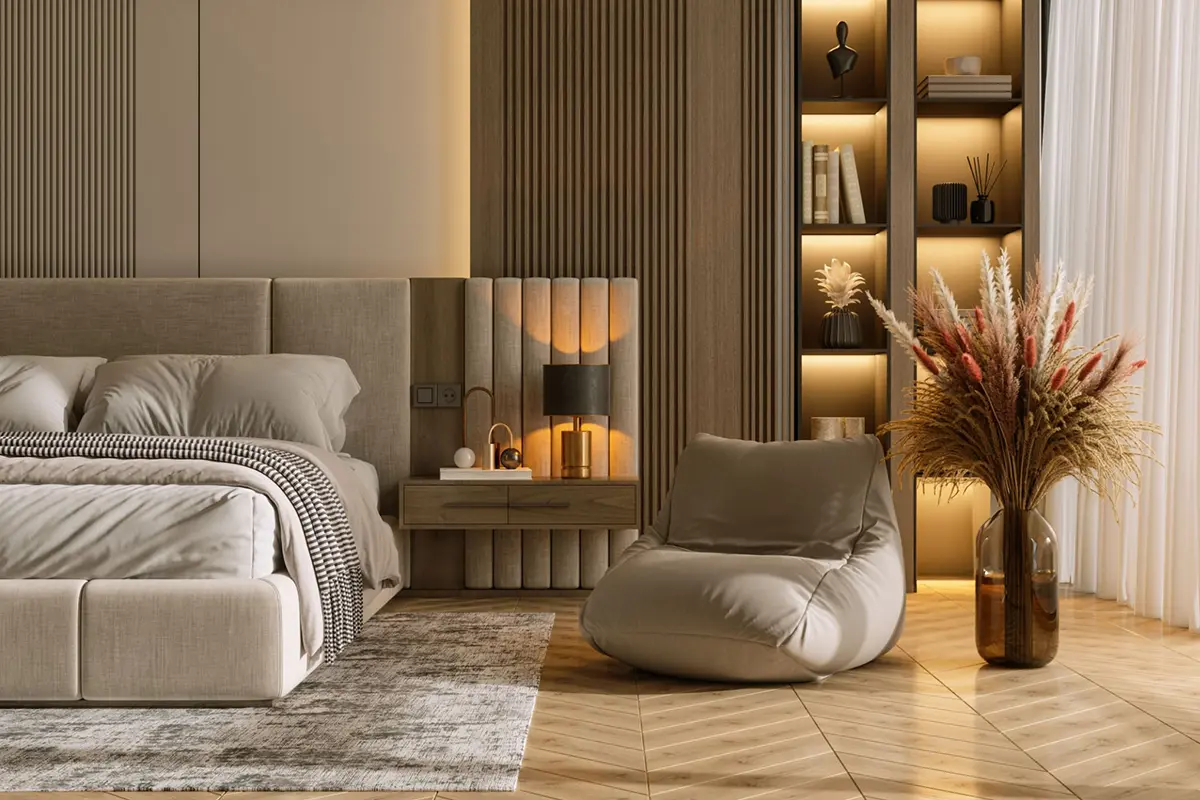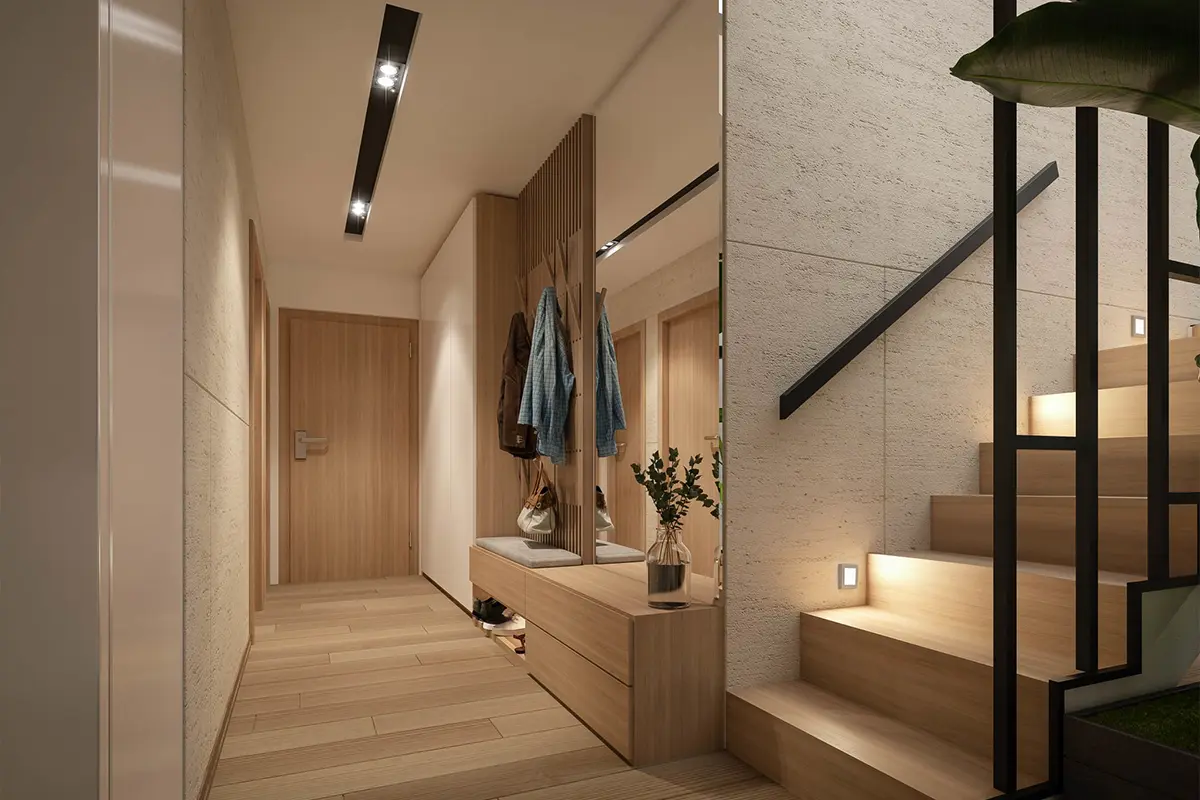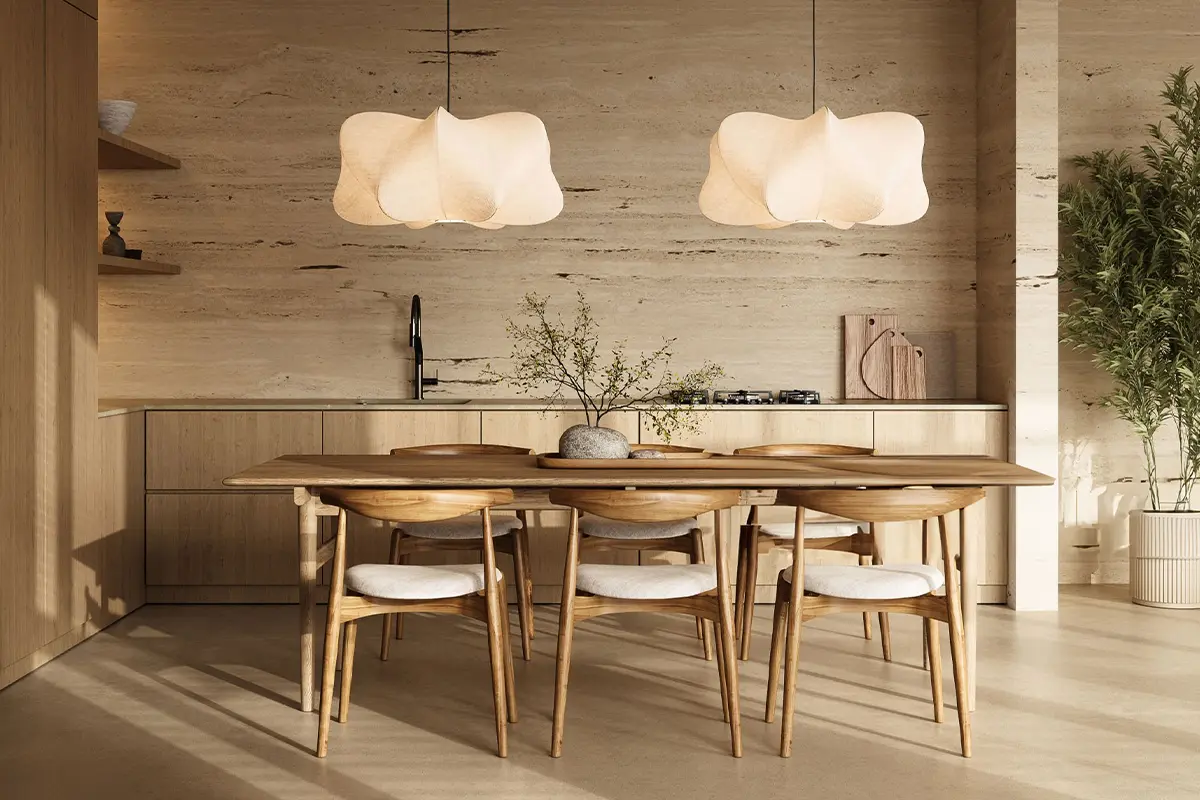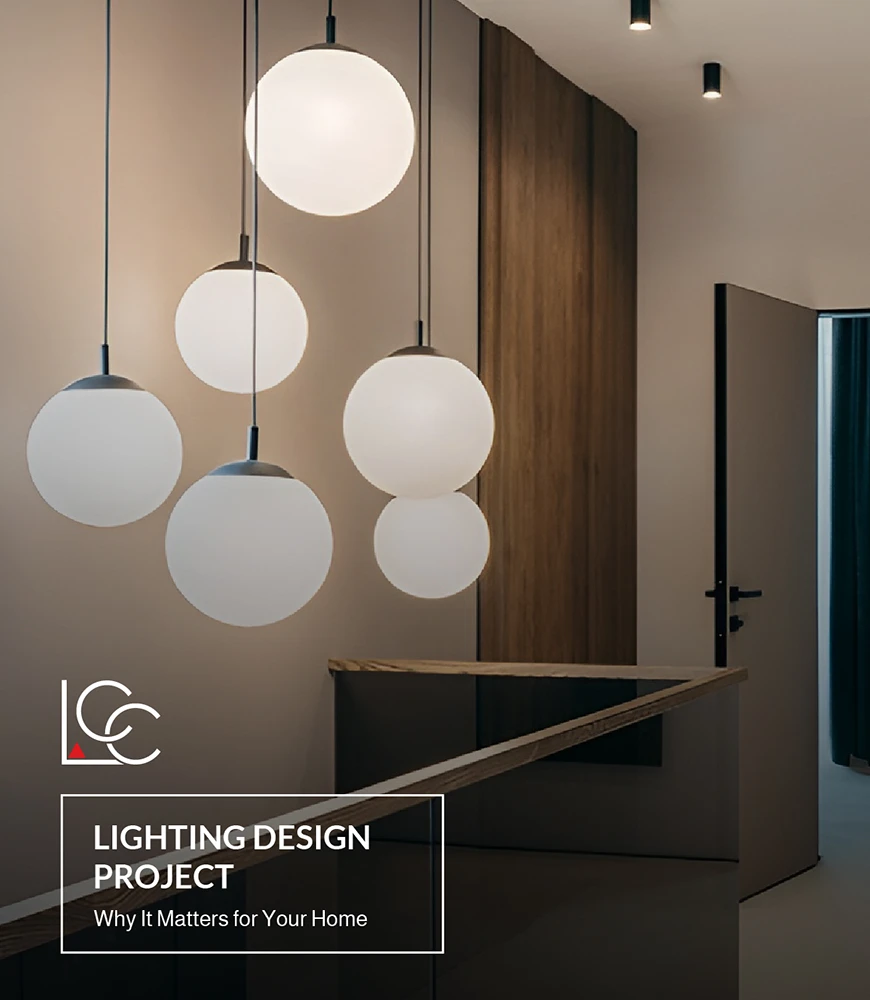When designing a home or commercial space, lighting is often overlooked or considered only at the end of the process. In reality, light is one of the most important elements in defining the identity of a space, shaping its aesthetics, and influencing the comfort of those who live in it.
A well-thought-out lighting design project goes far beyond the choice of lamps or light points. It considers the balance between natural and artificial light, light distribution, the activities taking place in each area, and the physical and psychological well-being of the users. Lighting can, in fact, influence our circadian rhythm, mood, and productivity.
Designing light consciously means creating functional and welcoming environments that enhance architecture, reduce energy consumption, and improve overall well-being. In this article, we will explore why investing in a lighting design project is a strategic choice for anyone who wants a truly customized home.
What Is a Lighting Design Project
A lighting design project is a detailed plan that defines how to properly light a space, taking into account both natural and artificial light.
The goal is to ensure visual comfort, energy efficiency, and aesthetic consistency with the architecture and function of the space.
Lighting design requires technical skills, knowledge of materials, and a design sensibility that combines functionality and aesthetics.
Every choice - from light intensity to color temperature, directionality to light distribution - contributes to creating atmospheres suited to the activities performed in each space. By applying lighting design principles, lighting professionals can anticipate the effect of the lighting even before implementation, offering tailor-made solutions. A good lighting design project doesn’t just illuminate - it enhances spaces, improves quality of life, and contributes to the visual and functional identity of the environment.

The Benefits of a Lighting Design Project
A well-executed lighting design project brings numerous advantages, improving the aesthetic, functionality, and comfort of a space.
Custom-designed lighting not only optimizes energy consumption but also creates safer and more comfortable environments. Here are the main benefits that a lighting project can bring to your home or commercial space:
Visual Comfort and Psychophysical Well-being
A good lighting design improves visual comfort, reduces eye strain, and optimizes the visual experience in every room. Light plays a crucial role in our well-being, positively influencing mood and circadian rhythm.
For example, quality lighting helps improve sleep, reduces visual stress, and creates a more relaxing home atmosphere.

Enhancement of Spaces
Light directly impacts the perception of space. A well-planned lighting project can highlight architectural details, artworks, or design features, creating a welcoming and dynamic atmosphere.
Tailor-made lighting can even make spaces appear larger by playing with shadows and highlights to add depth and visual interest.
Energy Efficiency
A precise lighting design leads to greater energy efficiency and reduced electricity use. The use of advanced technologies such as LEDs and smart lighting control systems allows the optimization of light intensity according to need, avoiding energy waste and lowering lighting costs.
Adaptability and Flexibility
Each environment has specific needs. A flexible lighting design can adapt to the different activities performed in a space.
For example, a kitchen requires bright and focused lighting, while a living room benefits from softer, more relaxing light. Customizing lighting ensures that every room is perfectly lit based on daily activities.
Safety
Proper lighting is also essential for safety. The right light distribution helps reduce the risk of accidents, improving visibility in areas such as staircases, hallways, or gardens. This is especially important both in homes and workplaces, where good lighting helps prevent incidents and makes it easier to detect obstacles or hazards.
How to Develop a Lighting Design Project
Creating an effective lighting design project requires a methodical approach and a detailed assessment of the space. Every room is unique, and lighting must be tailored to its specific features, user needs, and aesthetic goals.

Here are the key steps to developing a successful lighting design:
1. Space Analysis
The first step is a thorough analysis of the space. Consider dimensions, orientation relative to natural light, furniture layout, and the activities performed in each room. This helps define lighting needs and choose the most appropriate type of light for each function.
2. Types of Lighting
A lighting project should include different types of lighting to ensure flexibility and efficiency. The main ones are:
- General lighting: provides uniform light throughout the space
- Accent lighting: highlights architectural features, artworks, or decorative elements.
- Task lighting: specific for activities like reading, cooking, or working.
3. Balance Between Natural and Artificial Light
A good project optimizes natural light intake, making the most of windows and openings. It also integrates artificial lighting systems that adapt to various needs, avoiding areas that are too dark or too bright.
4. Choice of Light Sources
Choosing the right light sources is crucial. It’s important to consider color rendering, energy efficiency, and color temperature to create the desired atmosphere and ensure comfortable lighting.
5. Control and Automation
A quality lighting project includes control and automation systems. Motion sensors, dimmers, and smart home systems allow users to adjust brightness and color temperature, enhancing both efficiency and comfort.
6. Lighting Calculations
Lighting calculations, carried out with advanced simulation software, make it possible to predict necessary light levels and optimize distribution, avoiding errors and ensuring correct illumination.
Practical Tips for a Successful Lighting Design Project
Relying on experienced professionals is essential for a successful lighting project. Lighting design involves precise calculations, simulations, and solid knowledge of available solutions. Here are a few practical tips:
- Plan early: lighting should be integrated from the initial stages of the project or renovation.
- Make the most of natural light: optimize room orientation to maximize daylight.
- Match lighting to activities: customize lighting based on the function of each space.
- Make lighting part of the design: light should blend seamlessly with the interior style, enhancing every architectural detail.

Lighting Design Project: Conclusion
A well-executed lighting design project is essential to creating functional, comfortable, and visually pleasing environments. Investing in lighting design not only boosts energy efficiency but also enhances the aesthetic appeal of your home or commercial space, making every area unique.
Working with industry professionals ensures tailor-made solutions, optimizing lighting for each room and every need.
If you’re interested in developing a customized lighting design for your spaces, don’t hesitate to contact us. We’ll create a bespoke solution that highlights every detail, improving your daily life and enhancing your surroundings.
